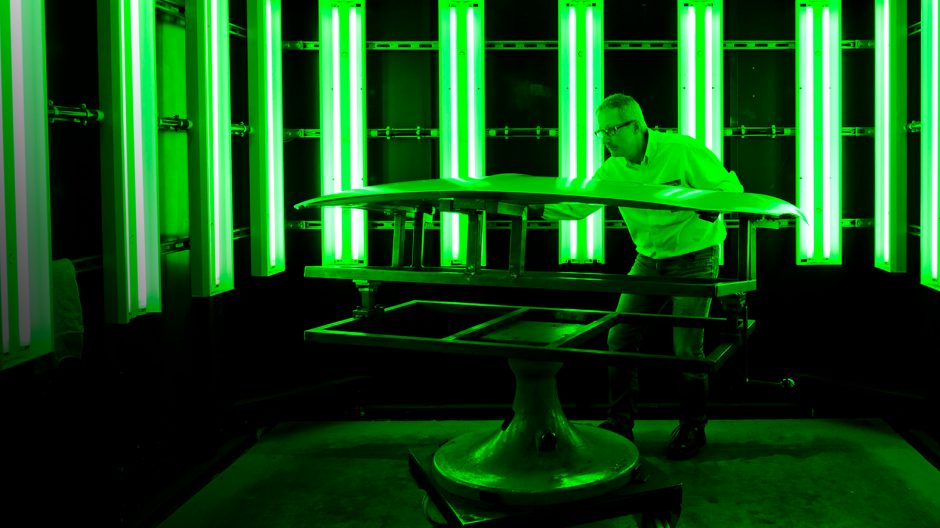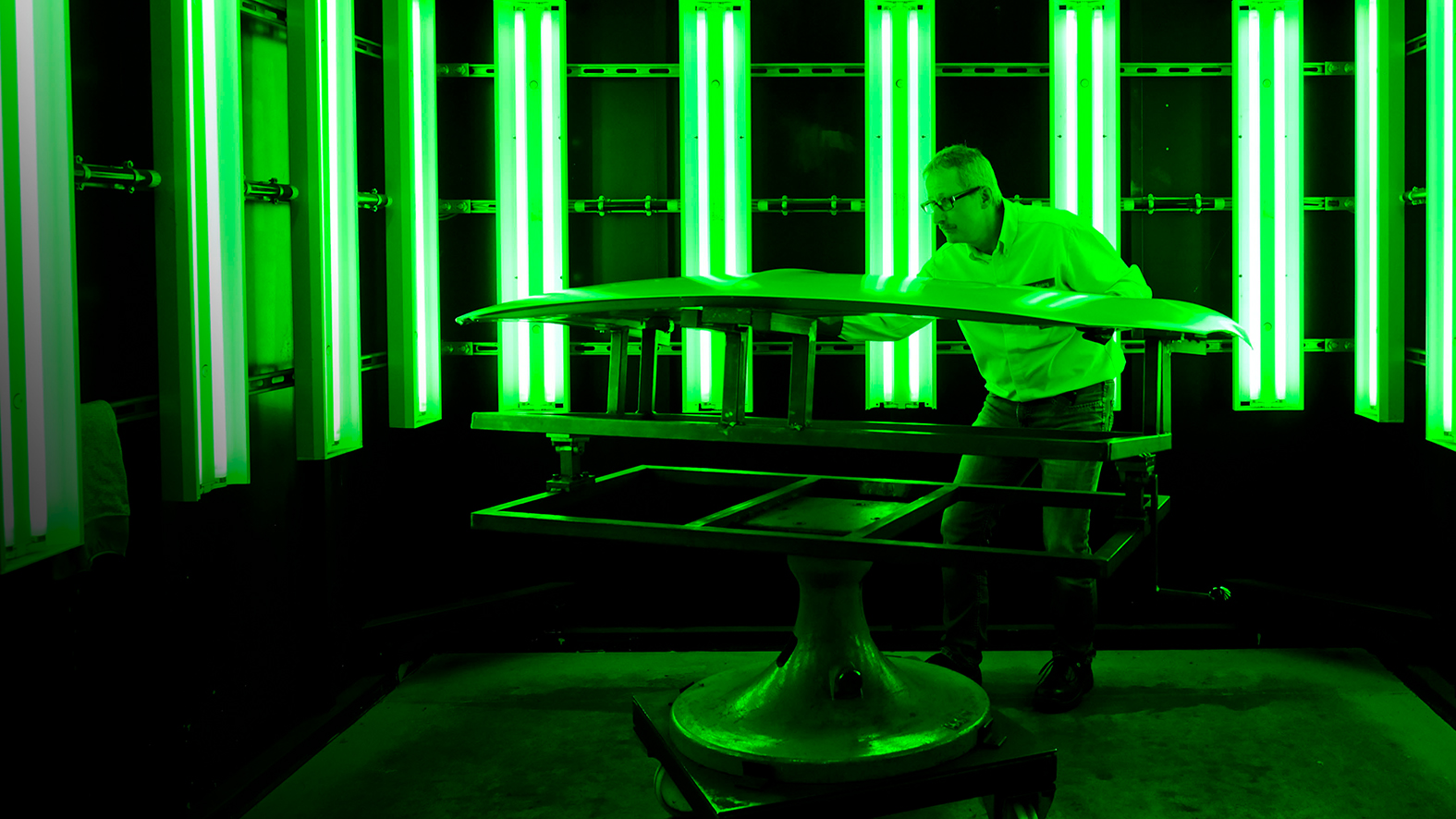–––––
Robots push skins and frame sections together.
A green light signals more than just ‘go.’ It is better suited than any other kind of light for identifying flaws in flat surfaces. For this reason, newly manufactured aluminum hoods arrive at K25 in Kaiserslautern for spot checks in the Green Light room under the critical gaze of quality inspectors. An experienced manager like Volker Spang recognizes even the smallest imprecision immediately. And only once he has nodded with satisfaction has the hood truly received a ‘green light’ for further production.
Now he is satisfied. “Whenever we are coming to grips with a new project, a lot of additional work has to be done at the beginning,” he explains. “But this hood has been arriving in the green zone since the official start of production.” And the manufacturing cells of K25 are humming like in previous years. Robots push skins and frame sections together, assembling them in mere seconds. It looks as if work on the hood of this model is the same as with the previous model.

Hoods in K25 // The technical advancement is in the details.
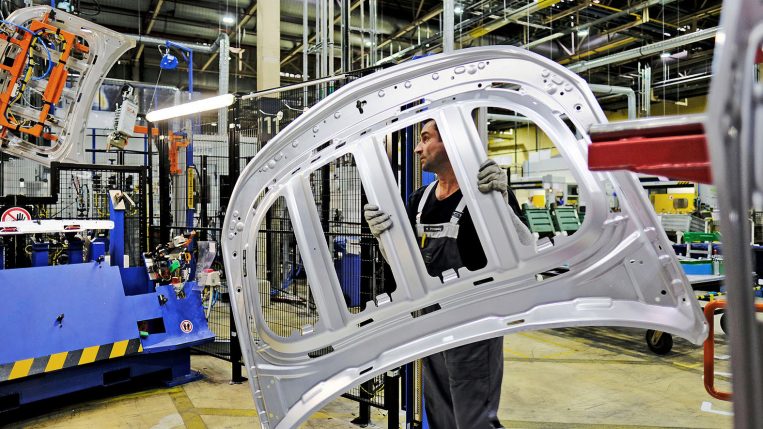
Ready for innovation // An innovative process is used to weld the frame to the hood.
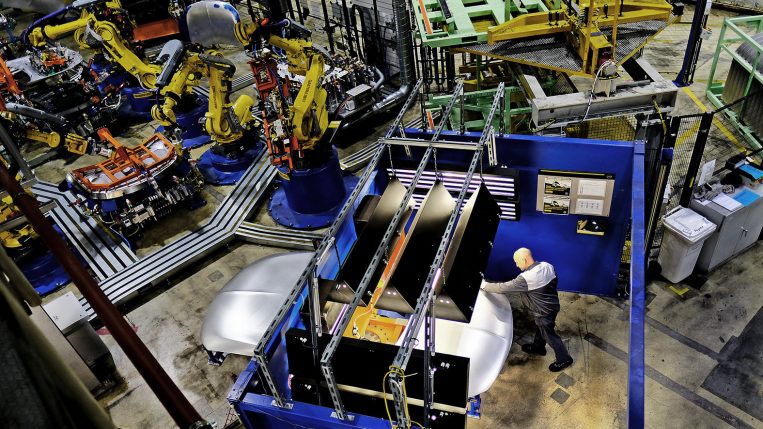
A knack for aluminum // Expertise and experience are crucial when dealing with the very special material.
At first glance, at least. The technical advancement is in the details. Each new model sets new standards and presents manufacturers with new challenges and new technologies that require existing skills to be further developed.
Aluminum expertise
For example, the plant in the Palatinate is the first in Europe to use a new spot welding process to assemble the hood of the new Insignia, a process ideally suited to aluminum’s very special properties. To make this possible, new welding guns and milling cutters had to be installed and incorporated. The quality assurance concept also had to be modified accordingly. “We worked closely with the welding lab in Rüsselsheim to accomplish it,” reports Michael Müllenbach, Launch Manager in Kaiserslautern.
The employees in Kaiserslautern have already had a fair share of experience with the lightweight metal, after all. Press Line 11 in K19 has manufactured aluminum and steel parts by turns since 2001. Their trimming waste is collected in the basement of the press plant and stored separately by type for resale; aluminum can fetch high prices on the recycling market.
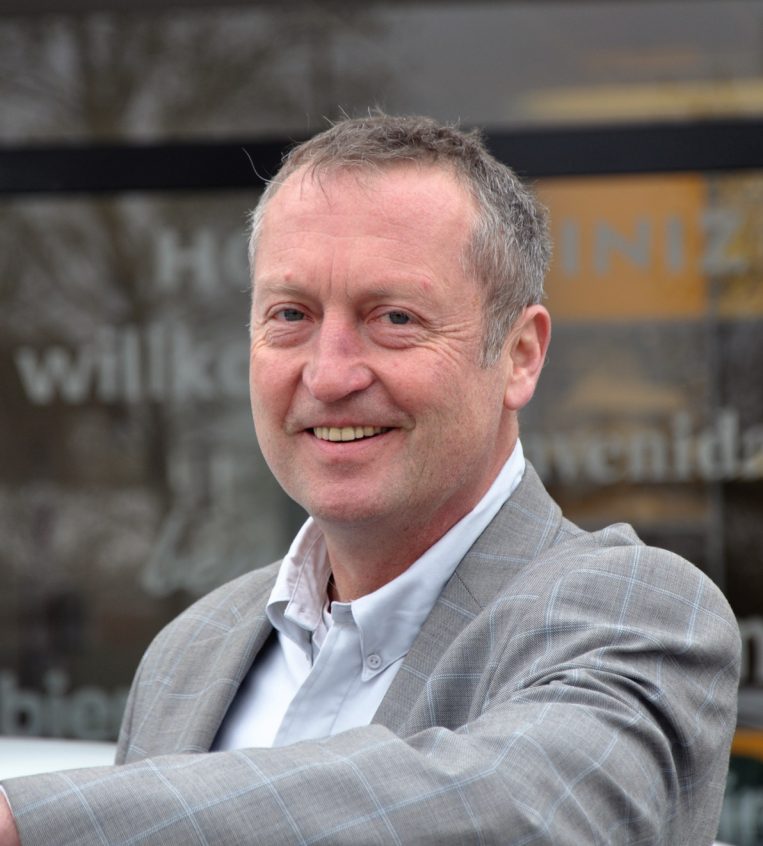
––––––
“In addition to hoods, front seat structures, and front and rear wheel carriers, we manufacture more than 50 individual parts for the Insignia body.
– Launch Manager Michael Müllenbach –
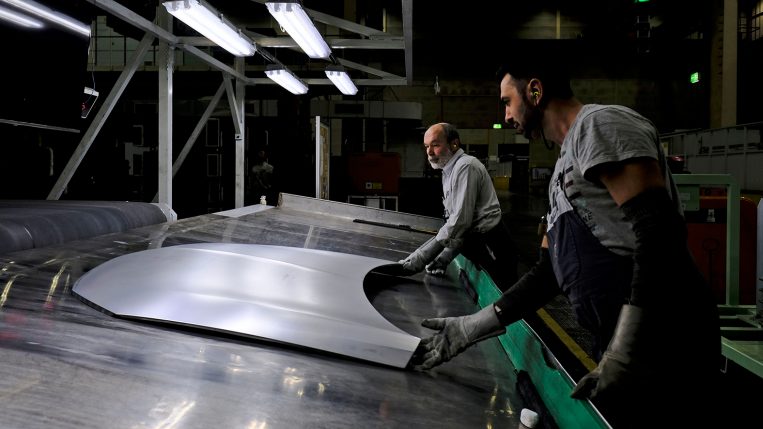
Closely inspected // Gunter Heinz (left) and Fidan Herqishta give the pressed hood an initial check while still on Press Line 11.
––––––
The sheet metal to be processed is barely thicker than a sheet of paper.
The employees from Kaiserslautern apply their aptitude for delicate metal work in another area as well: when asked to help reduce the weight of the new Insignia. After all, the new flagship in the sports tourer category is up to 200 kilograms lighter. To accomplish this weight reduction, Opel has further cultivated the use of ‘high-tensile steels.’ “When dealing with sheet metal, we now work primarily with thicknesses of 1.5 millimeters,” explains Michael Müllenbach. The pressing tools have to be designed accordingly, and both toolmakers and press operators have to be masters of their craft. “After the first deformation, these high-tensile steels harden immediately. That means the first impact has to be accurate.”
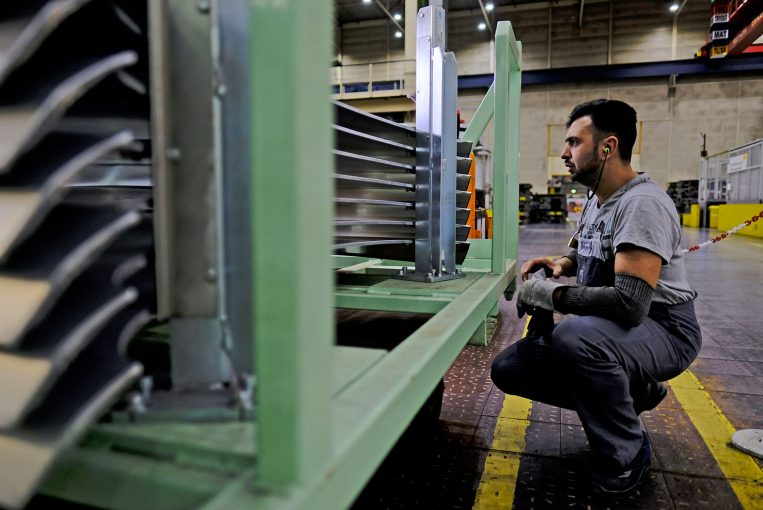
Before being sent to K25 // The newly pressed hood is subjected to another check by Fidan Herqishta.
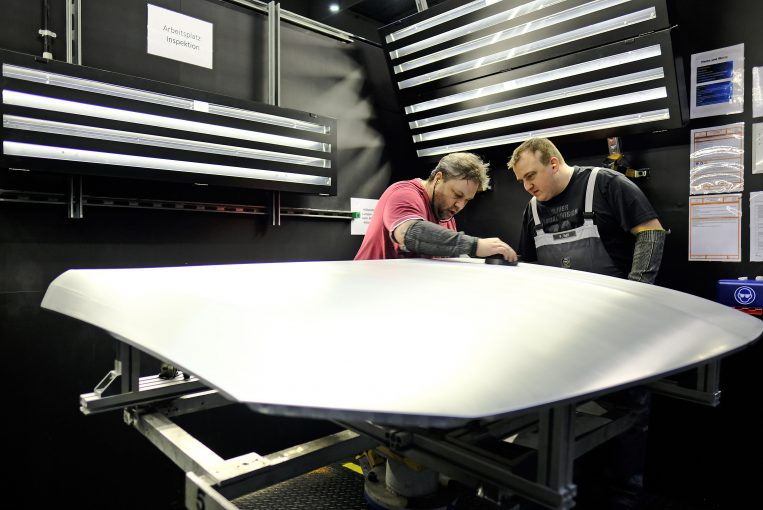
First-class feeling of quality // Mario Rossello (left) and Patrick Pfaff only accept perfectly smooth surfaces.

Hood of the flagship // Bernd Klag and Mario Rossello (right) with a top-notch product ‘Made in Lautern.’
The new rear axle of the Insignia poses a particular challenge, and weight has been saved there, too. Not only that, but the axle is now galvanized, offering even better corrosion protection. “When welding galvanized parts, however, there is a risk that the zinc will vaporize,” says the Launch Manager. To minimize this risk, it takes the kind of experience possessed by Klaus Dieter Mayer, an experienced foreman in the fields of toolmaking, welding technology, and maintenance. His team leaders, too, have learned their trade from the ground up.
On the move worldwide
In addition, the team prepared at special workshops organized by suppliers, and they attended practical demonstrations in the U.S. In general, employees from the Palatinate are on the move worldwide when the goal is to familiarize themselves with new production facilities and to further develop their skills. “Almost no one in the European automotive industry has worked longer with companies in China and Korea than we have.”
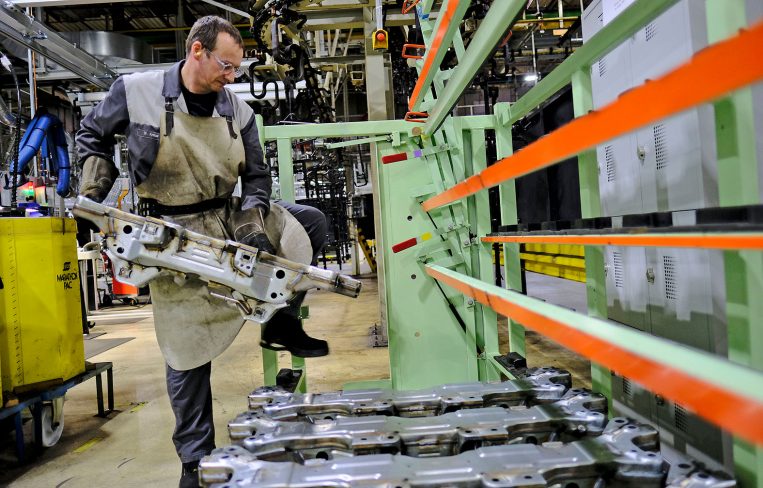
Well prepared // Employees in axle manufacturing.
––––––
To succeed at welding galvanized parts it takes the kind of experience possessed by the team in Kaiserslautern.
Another Palatinate specialty for several years now is the ‘cross car beam,’ that is, the cross member for the dashboard. “A high-quality piece that every Opel driver perceives visually and otherwise. And it’s in the interior, a part of the new Insignia where we did quite a lot of work.” The task assigned to the employees in Kaiserslautern was to manufacture the highly complex components, to which 40 individual parts are welded, as elegantly as possible, including flawless surfaces and gap sizes in the zero-tolerance range. Assigned, planned, and done.
Zero tolerance for the gap size
The specialists in seat manufacture continue to operate at the highest level. “The seats in the new Insignia make an excellent impression,” Michael Müllenbach says. “The design of the seat rail is somewhat different in the new model, but the manufacture is essentially the same as for the Astra.” The area in K20 was expanded to include two new assembly stations, so that the demand for both models can be met.
In addition, approximately 50 more structural components from the Palatinate are built into the body. Opel has invested around 55 million euros in Kaiserslautern to make the plant ‘fit’ for the new Insignia. The entire team in Kaiserslautern ensures that production is carried out at the highest level.
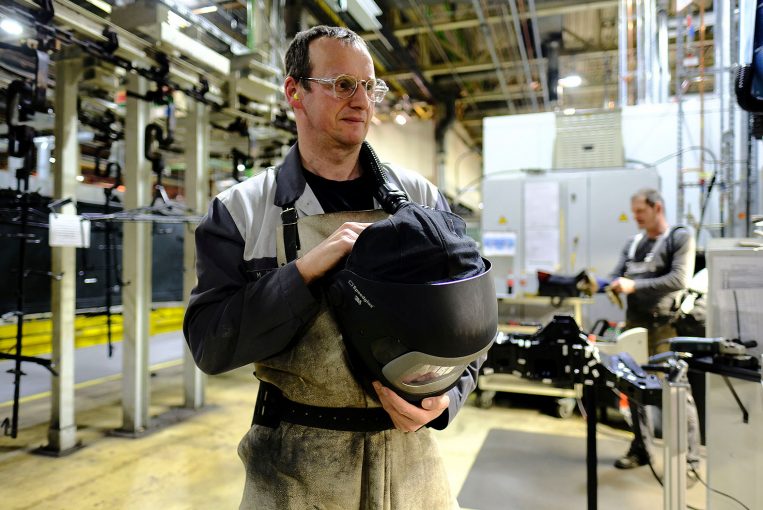
Taking a breather // Mario Kraus is a specialist who has mastered the art of welding galvanized parts.
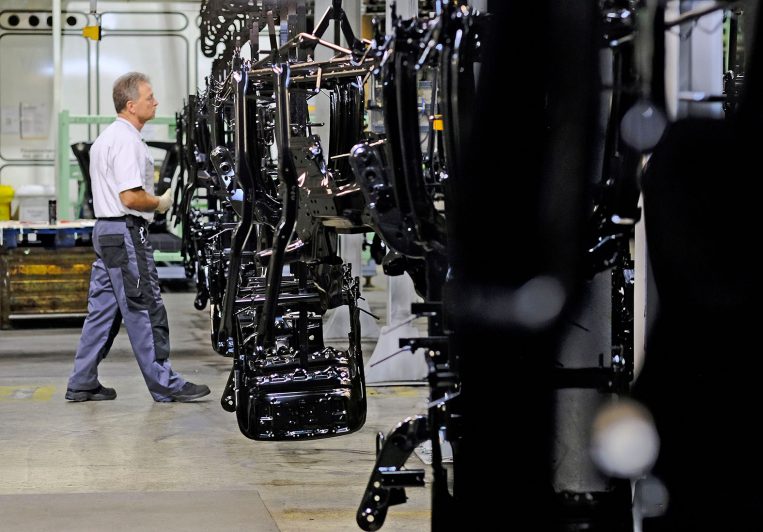
Back in black // Seat backrests return from a dip-coating bath.
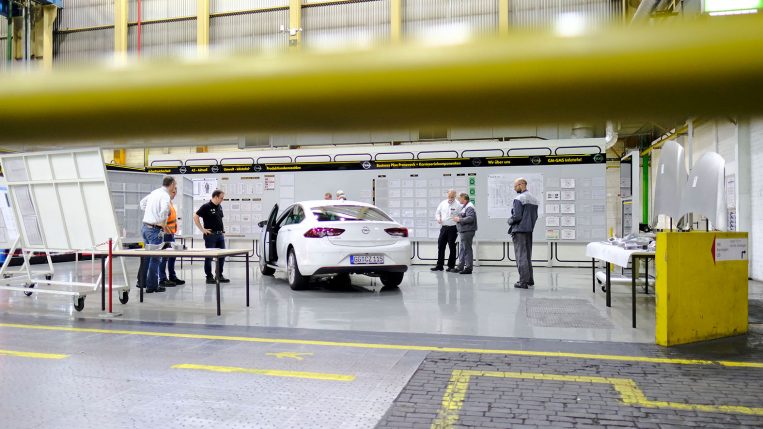
The big picture // In the pressing plant’s exhibition space, manufacturing experts study how their components fit into the overall design of the new Insignia.
Mai 2017
